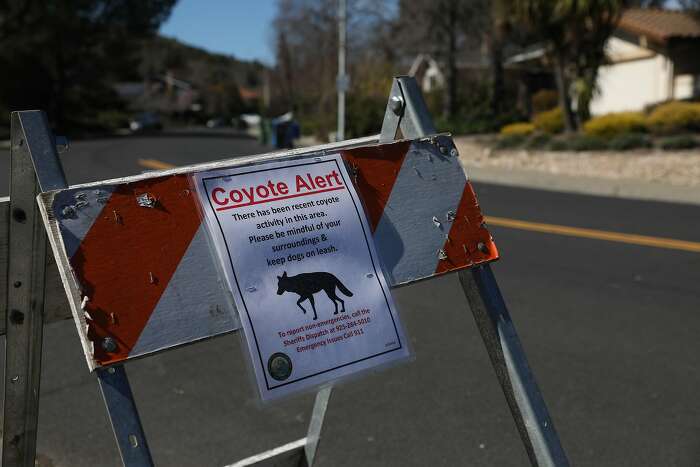Richard Halsey “Dick” Best and the Battle of Midway (1942)
With my answer today, I would like to introduce to your readers a typical single bomber pilot who changed the outcome of the historical Battle of Midway (04 to 07 June 1942) between the U.S. Pacific Fleet and the Combined Fleet of the Imperial Japanese Navy.
He was Richard Halsey “Dick” Best (1910–2001) or Lieutenant Commander Best, who successfully bombed and sunk two Japanese aircraft carriers in only one day. In my opinion, his remarkable war achievements subsequently changed not only the single Battle of Midway but also the course of war, if we consider the American victory at Midway as the historical turning point of the Pacific War (1941–1945).
At 10:22 AM, 04 June 1942, under the commanding of the Lieutenant Commander McClusky, the squadrons of 31 Douglas SBD Dauntless aircraft started the bombing against the Japanese aircraft carrier Kaga. However, McClusky had a small mistake: he ordered the leading squadron (VS-6) to attack Kaga, while the designated target of VS-6 would be the aircraft carrier Akagi.
The first SBD is Best's aircraft at the flight deck of USS Enterprise, 15 May 1942.
As the VB-6 squadron commander, Best recognized the error of McClusky and he still decided to attack the Akagi. Despite the confusions which let most of the aircraft from his VB-6 squadron missed the target and continued to dive on the Kaga, with only two wingmen left, Best launched the attack on Akagi at 10:26 AM.
USAAF photo: Japanese aircraft carrier Akagi and a destroyer under high-level bombing attack by B-17 bombers at around 8:00 AM, 04 June 1942, during the Battle of Midway.
The first bomb dropped by Lieutenant Edwin John Kroeger only hit the water near the Akagi. A few seconds later then came the second bomb dropped by Best himself, which successfully penetrated the flight deck and exploded inside the hangar, destroying a lot of Japanese aircraft. Like a knock-out punch, the bomb drop by Best destroyed not only numerous aircraft but also put the Akagi out of its action. It was subsequently sunk on the next day (05 June 1942).
But that was not all. Later on that day, Best continued to participate in the attack of Japanese aircraft carrier Hiryu. Again, Lieutenant Commander “Dick” Best knocked it out with a direct bomb hit. The Hiryu was finally sunk on the next day. In general, the Japanese lost all of its four aircraft carriers during the Battle of Midway and it was turned out to be a decisive U.S. victory. Also, the outcome of the Battle of Midway was a striking blow to the Japanese Combined Fleet, as it marked the beginning of the end for the Empire of Japan.
The burning and sinking Japanese aircraft carrier Hiryu during the Battle of Midway, photographed by a Yokosuka B4Y aircraft, 05 June 1942.
The historical Battle of Midway was also the last battle for “Dick” Best during his military career. He was suffered from Hemoptysis and his lung was severely damaged during the battle. Consequently, he retired from U.S. Navy in 1944, with 100% disability. After the battle, Lieutenant Commander “Dick” Best finally received the honorable Navy Cross and the Distinguished Flying Cross. His Navy Cross citation reads:
“Defying extreme danger from concentrated anti-aircraft barrage and powerful fighter opposition, Lieutenant Commander Best, with bold determination and courageous zeal, led his squadron in dive-bombing assaults against Japanese naval units. Flying at a distance from his own forces which rendered return unlikely because of probable fuel exhaustion, he pressed home his attacks with extreme disregard for his own personal safety. His gallant intrepidity and loyal devotion to duty contributed greatly to the success of our forces and were in keeping with the highest traditions of the United States Naval Service.”
In conclusion, it can be seen that Richard Halsey “Dick” Best was indeed a historical example of a single bomber pilot who changed the outcome of not only a battle but probably the course of a war. Furthermore, he was the only American bomber pilot who successfully bombed and sunk two enemy aircraft carriers in one day. Once again, thank you very much for reading my answer and best regards,
Andrew












